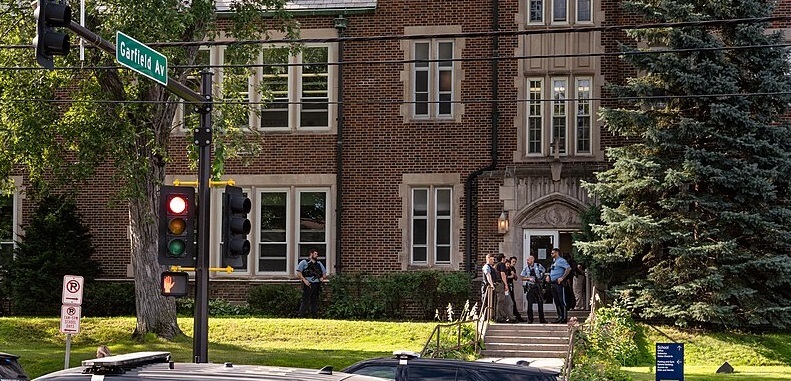
On the morning of August 27, 2025, a mass shooting occurred at the Church of the Annunciation and its affiliated parochial school in Minneapolis, USA. The attack took place during a scheduled school-wide Mass attended by the students and faculty. The attacker, 23-year-old Robin M. Westman, killed 2 children, injured 21 other people, and then died by suicide in the parking lot; those injured included 18 children and 3 senior citizens. He had a rifle, a shotgun and a pistol. He fired 116 rounds in all through the stained-glass windows towards worshippers inside.
He had “kill Donald Trump”, “kill Trump now”, “Israel must fall”, “Burn Israel” and “nuke India” etc. written on his guns, as a video on his now-deleted YouTube channel Robin W also showed.
He was a biological male who identified as a transgender “woman.” Robin targeted his former Catholic school’s first Mass of the year because he wanted to kill as many kids as possible, according to chilling, detailed notes he wrote. Robin also posted handwritten journal online hours before the attack, revealing violent fantasies and deep confusion about gender identity. He wrote, “My interest in specifically school shootings started, I think, in seventh grade”.
On August 26, the day before the Annunciation attack, another mass shooting had occurred outside Cristo Rey Jesuit High School in Minneapolis, injuring six and killing one.
The shooting at the Annunciation Catholic School was the 146th incident of fire having been opened in schools/colleges in the country since January 2025, even if all of them did not result in any casualty.
A Consistent Pattern
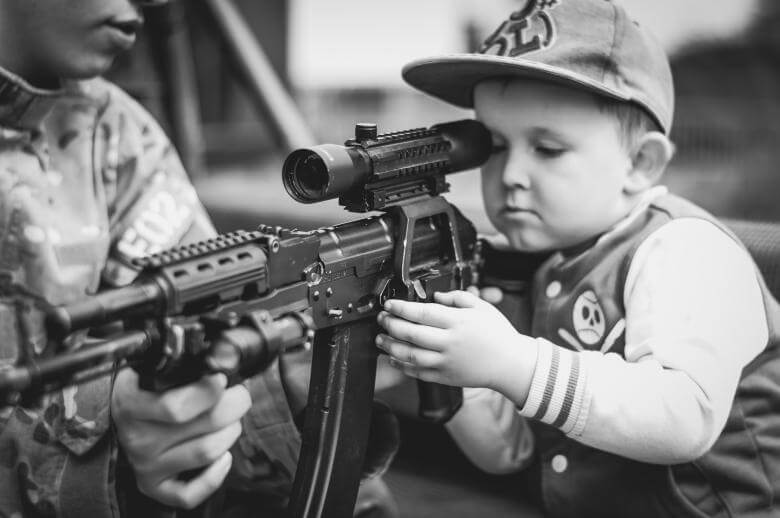
For this article, I have considered incidents post-2000 just to keep the size limited but I must assure you that the pattern has always been the same. The USA has endured a relentless, bloody litany of school and college shootings, a recurring, distinctly American horror. I list a few of them
- 2000, Flint, Michigan: A 6-year-old bringing a handgun to class and fatally shooting a classmate.
- 2000, Lake Worth, Florida: A 13-year-old shot and killed a teacher.
- 2000, Santana High School, CA: 15-year old Charles Andrew Williams killed two and wounded 13. He was caught and convicted for 50 years.
- 2002, Appalachian School of Law, VA: A former student, 43-year-old Nigerian immigrant Peter Odighizuwa killed three and injured three.
- 2005, Red Lake, Minnesota: A 16-year-old massacred 10 people.
- 2006, Nickel Mines Amish School: In a Amish village (Anabaptist community, usually living in isolation), a 32-yar old man took hostages and shot 10 girls (aged 6–13), killing six, before committing suicide in the schoolhouse.
- 2007, Virginia Tech: A South Korean Seung-Hui Cho’s killed 32 and wounded 17 others with two semi-automatic pistols before committing suicide.
- 2008, Northern Illinois University: The campus attack killed five.
- 2012, Sandy Hook Elementary: 20-year-old Adam Lanza, shot and killed 26 people. The victims were 20 children between six and seven years old, and 6 adult staff members. Earlier that day, before driving to the school, he had shot his mother at their home. Later, committed suicide.
- 2013, Arapahoe High School, CO: 18-year-old Karl Pierson killed one and injured one before killing himself.
- 2014, Marysville Pilchuck High, WA: 15-year-old freshman student Jaylen Fryberg shot five students, killing four before killing himself.
- 2015, Umpqua Community College, Oregon: A shooter targeted his own college, killing nine.
- 2018, Parkland, Florida: A 20-year old former student Nikolas Jacob Cruz killed 14 students and 3 staff members. He fled from the scene but was arrested later. He got life sentence without parole.
- 2018, Santa Fe High School, Texas: Ten lives were extinguished in yet another student-led rampage.
- 2021, Oxford High School, Michigan: A sophomore killed four peers.
- 2022, Uvalde, Texas: 18-year-old Salvador Ramos, a former student at the school, fatally shot 19 students and 2 teachers, while injuring 17 others. He was shot an hour later by the police.
- 2023, Nashville, Tennessee: 28-year-old Aiden Hale (born Audrey Elizabeth Hale), a transgender man and former student of the school, killed three nine‑year‑old children and three adults before being shot and killed by the cops.
- 2024, Perry, Iowa: In Iowa, 17-year-old student Dylan Butler shot five students and three staff members before killing himself.
- 2024, Apalachee, Georgia: In Apalachee, 14-year-old Colt Gray, shot 11 people, killing two students and two teachers. He was caught by the police.
- 2024, Madison, Wisconsin: 15-year-old Natalie Rupnow (who went by Samantha) killed three and injured six before killing herself.
How a Ruthless System Turns Outcasts into Killers
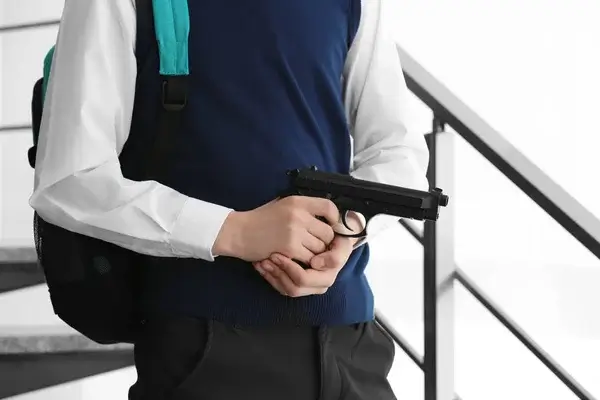
Forget the crap about “gun control debates” that go nowhere; these rampages are symptoms of a deeper rot. Guns don’t kill; people do. Even if controls are tightened, people would find ways to get weapons. The Arms Act in India is one of the most stringent arms control laws in the world. In a country of 1460 million people, there are only 3.77 million arms licenses; yet, according to Small Arms Survey, there are some 61.4 million illicit guns in India with criminals—the actual number could be far far higher.
The central thesis of this article is that the shooters are psychologically disturbed people who chose schools or colleges in particular for mass shooting because they harboured some sort of deep grudge against the schools/colleges and the whole education system. This grudge could be on account of some deficiency in them which made them the butt of jokes or isolation or bullying by other kids. The American education system is such that only conformist is comfortable in his school/college years. It is a brutal arena that chews up and spits out anyone who doesn’t fit the mould. By conformist they mean one who enthusiastically embraces every single aspect of the educational, social, cultural and physical life in the institution. For example, boys are under tremendous peer pressure to take part in physical activities like say football, or ‘score’ with girls, etc. One who does not conform for whatever reasons of his or her (physical or intellectual mismatch, family background, economic background, racial background, etc.) own, is, for all practical purposes turned into a social outcast and effectively ostracised.
This drives them further inwards and fuels the resentment. For individuals with suitably vulnerable psychological make-up, this resentment becomes obsessive and might continue for years. It erupts whenever they find an opportunity. The shooters are loners in the sense that they do not find anybody with whom they could discuss their frustrations. The responsibility of this falls partly on the highly competitive American society, where one who does not succeed in the conventional way, does not get any social recognition. American schools are breeding grounds for violence because they demand total submission or face exile. And when the exiled strike back, we act shocked. It’s time to stop pretending and face the ugly truth. The “grudge against the school” is not an abstraction; it is a real, lived experience for countless misfits. The connection is clear. The American educational system, with its relentless worship of conformity and competitive success, creates outcasts. Not everyone thrives amid the jock culture, the popularity contest, the cultural monoculture. For those who don’t, the system is a crucible of resentment—a daily humiliation, an on-going trauma
Psychological Profiles: The Damaged Blueprint
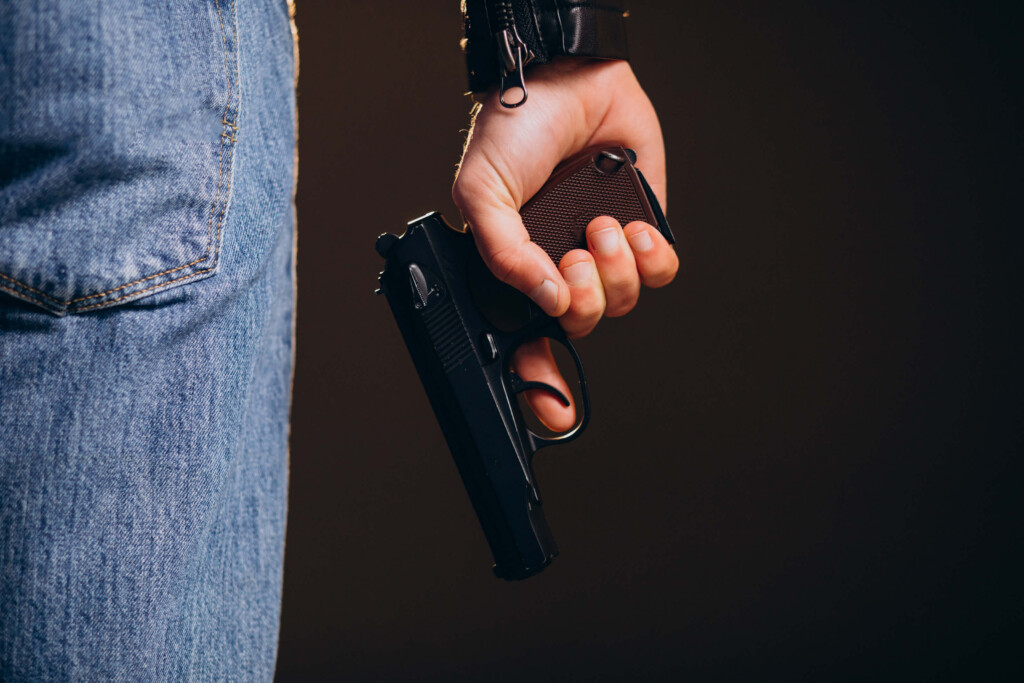
As the Brookings Institution (School shootings: What we know about them, and what we can do to prevent them) shows, the typical shooter is male (over 90%), often White (about 60–70%), and almost always marked by years of social exclusion, bullying, and deep psychological malaise. The survivors, witnesses, and local communities, over and over, use the same adjectives: “loner,” “disturbed,” “obsessed,” “isolated.” Many have a documented history of depression, suicidal ideation, and acute psychological trauma—often untreated, sometimes dismissed by parents, teachers, and institutions until too late. Many shooters left behind chilling evidence: journals, social media posts, and videos confessing their feelings of invisibility, worthlessness, and growing rage. The National Institute of Justice report ‘Public Mass Shootings: Database Amasses Details of a Half Century of US Mass Shootings’ confirms the above. It says that shooters overwhelmingly choose their former schools; their attacks are acts of vengeance against the symbol of their suffering.
Psychological studies converge on a set of recurring traits.
- Bullying and ostracism: In 2019 the U.S. Secret Service prepared threat assessment report (part of a broader initiative including the Comprehensive School Threat Assessment Guidelines (CSTAG)) in which they analyzed 37 school shooting incidents, involving 41 individuals in the USA from December 1974 through May 2000. The U.S. Secret Service found that 71% of school shooters were targeted by peers, often relentlessly. Many expressed grievances in diaries or online forums. The Brookings study found that over 75% have documented histories of bullying. Some shooters were relentlessly mocked, others isolated
- Mental illness: Diagnoses include depression, anxiety disorders, selective mutism (unwillingness or refusal to speak, arising from psychological causes), OCD (obsessive compulsive disorder), and autism spectrum traits. Adam Lanza, for instance, had a cocktail of untreated psychiatric conditions. But as psychiatrist Dr. James Knoll notes in ‘Mass Murder: Causes, Classification, and Prevention’, “mental illness does not equal violence; it requires context, resentment, and means.”
- Fascination with violence: Many shooters study past massacres obsessively. Christopher Harper-Mercer (Umpqua) was immersed in Columbine lore. Columbine refers to the widely shared stories, myths, and cultural understanding surrounding the 1999 Columbine High School massacre, which involved Eric Harris and Dylan Klebold killing 13 people and wounding many others before dying by suicide. The term “Columbine” has become synonymous with school shootings and mass violence, shaping public discourse and inspiring numerous media portrayals.
- Obsessional grievance: Unlike spontaneous killers, these shooters often stew for years before returning in vengeance.
- Alienation and Social isolation: Nearly every shooter reports feeling like an outsider—ostracized for physical, intellectual, or social non-conformity. Research by Dr. Peter Langman, author of ‘Why Kids Kill’, shows most shooters lacked close friendships and spent excessive time in fantasy worlds of violence.
Common Denominators: The Recipe of Revenge
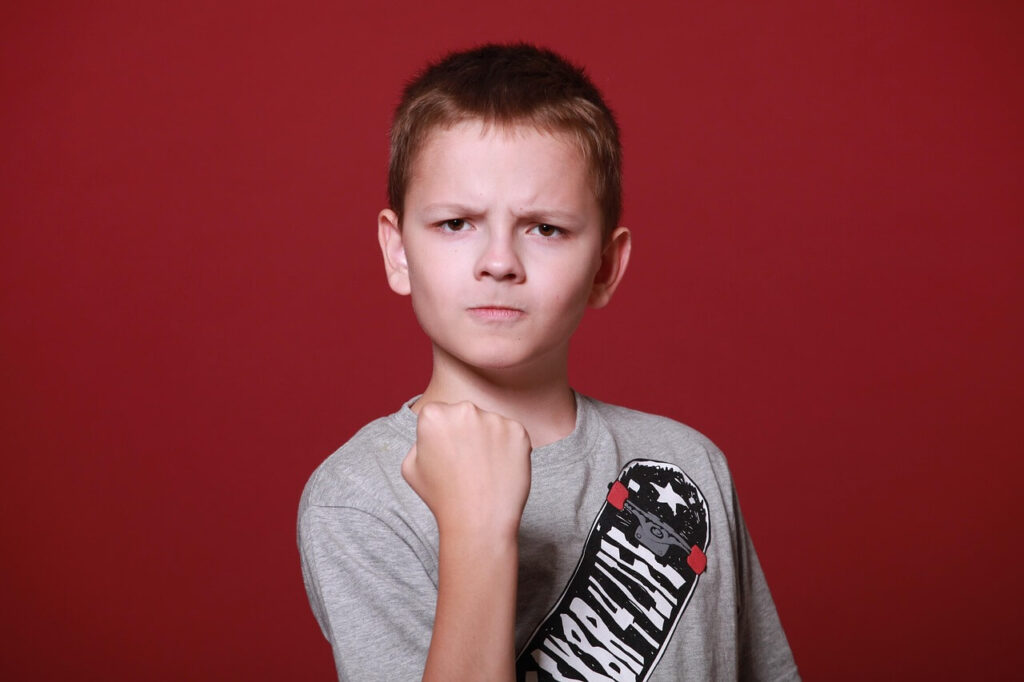
Grievance fixation: The FBI Behavioral Analysis Unit, ‘The School Shooter: A Threat Assessment Perspective’ (2000), brings out a narrative of betrayal, humiliation, or exclusion repeated in journals, videos, or manifestos.
Non-conformity punished: R. Kowalski shows in his ‘Bullying in Schools: Psychological Perspectives’ (2013) that American schools reward athletic, extroverted archetypes while marginalizing those who don’t fit.
Masculinity (as perceived by others) failure: R. Kalish, and M. Kimmel, show in their ‘Suicide by Mass Murder: Masculinity, Aggrieved Entitlement, and Rampage School Shootings’ (Health Sociology Review, 2010), that adolescent boys are pressured to dominate athletically, socially, sexually; those who fail often experience “status injury,” fuelling rage.
Weapons as empowerment: The RAND study ‘Gun Policy in America’ (2020) show that guns provide not only the means but the psychological transformation from powerless to powerful.
How the System creates Outcasts
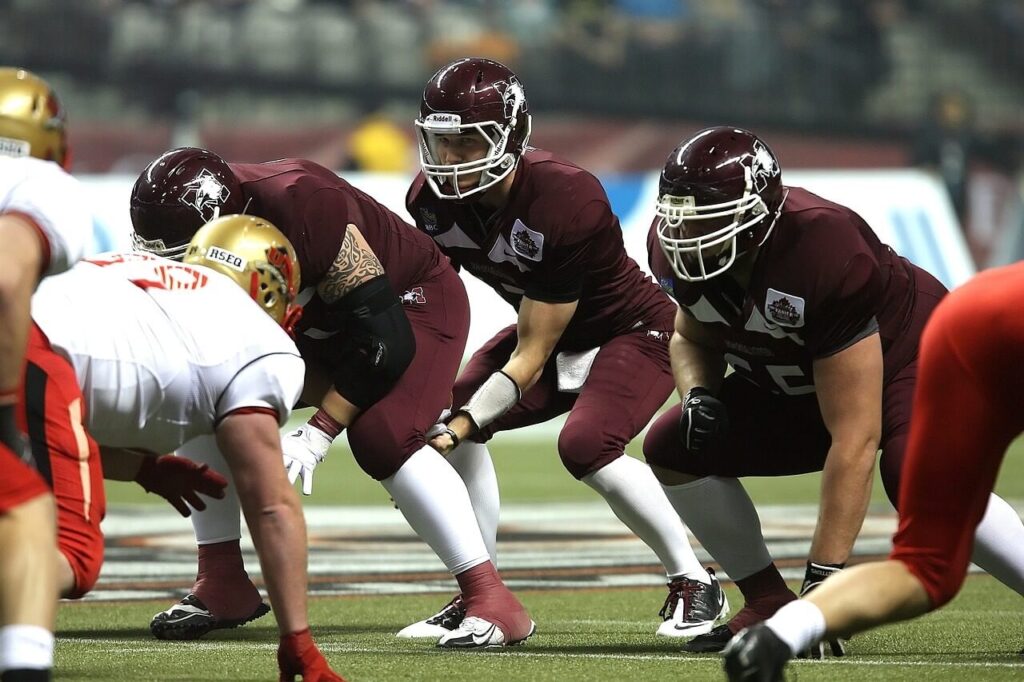
The American education system creates its own avengers. As J. Kozol, shows in ‘The Shame of the Nation: The Restoration of Apartheid Schooling in America’ (2005), from cheerleader culture to football worship, high school in particular imposes brutal hierarchies. Social Darwinism thrives in the cafeteria. Non-conformity is punished, whether through bullying, mockery, or simple invisibility. The system does not merely fail to protect the marginalized; it actively turns them into scapegoats. When one of those scapegoats also carries latent psychopathology, the result can be catastrophic. The shooter is thus as much a predictable product of cultural and institutional systems as of his own real or perceived shortcomings or ‘misfit’. Over 88% of everyday Americans, irrespective of background, recognize the profound psychological rupture. They see their own school days mirrored in the shooter’s story: the rigid rules of teenage social life, the merciless pressure to conform—not only academically, but socially, culturally, physically.
The brutal truth is that American schools are temples of conformity. The kid who does not assimilate—who does not play football, pursue romantic/sexual exploits, or display easy sociability—is swiftly and efficiently side-lined. Boys who reject rough-and-tumble sports, or girls who resist dominant social scripts, are marked. For those with physical, intellectual, racial, or economic differences, the gulf becomes unbridgeable.
The American school shooter is not an alien invader. He is the rejected son of the system:
- Moulded by ‘ritualized’ bullying, routine humiliation and ostracism.
- Ignored or stigmatized in mental health struggles.
- Given easy access to weapons.
- Immersed in a culture that glorifies conformity, masculinity, and violence.
This makes every massacre not just an individual crime but a societal failure. Each death is a mirror held up to the culture itself.
Loneliness as a Social Crime
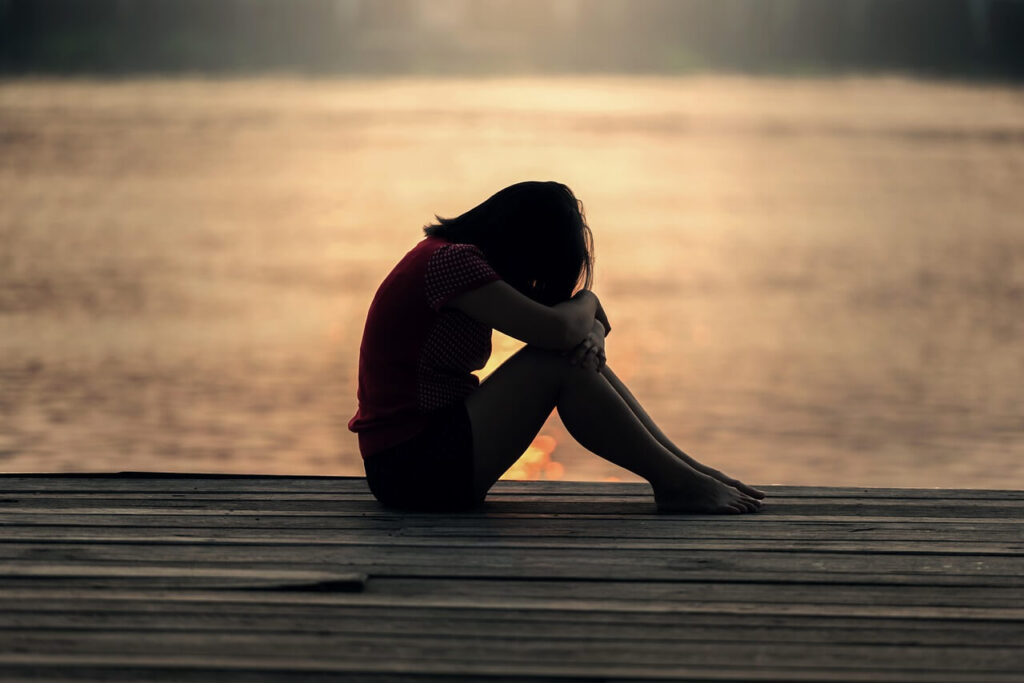
Loneliness, though dismissed as private misfortune, is in fact a systemic condition in American adolescence. As J. Cacioppo and L. Hawkley show in ‘Loneliness: Human Nature and the Need for Social Connection’ (MIT Press, 2009), chronic loneliness has physiological and psychological consequences comparable to smoking or obesity. In shooters, that loneliness becomes not passive suffering but active rage. Without confidants, without community, their alienation metastasizes into a worldview where violence becomes their only form of communication. As the Brookings study puts it, loneliness is not a phase; it is a permanent identity—sometimes stretching for years, sometimes forever.
The Real Picture
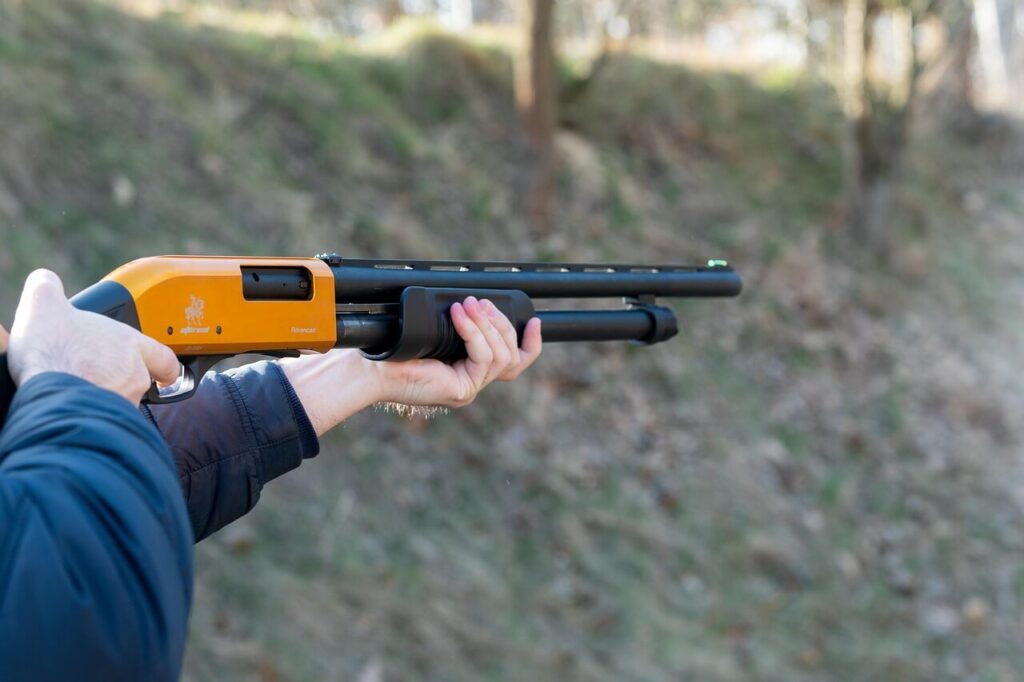
A Psychiatric Times study, ‘Are School Shooters Psychopaths?’ concludes that most shooters are not psychotic in the clinical sense. But they are consumed by rage, alienation, and an inability to navigate social rejection. They externalize their pain. Many blame their schools, teachers, and peers for their suffering. A. Kastiyannis et al (An Examination of US School Mass Shootings, 2017–2022: Findings and Implications) find that many of them display warning signs for months if not years before shooting—these are either ignored or ineffectively addressed. In over 77% of cases, someone knew of their plan beforehand. These are not the typical madmen in frenzy. They are systematically alienated, brooding individuals, whose revenge is rehearsed long before it is enacted.

